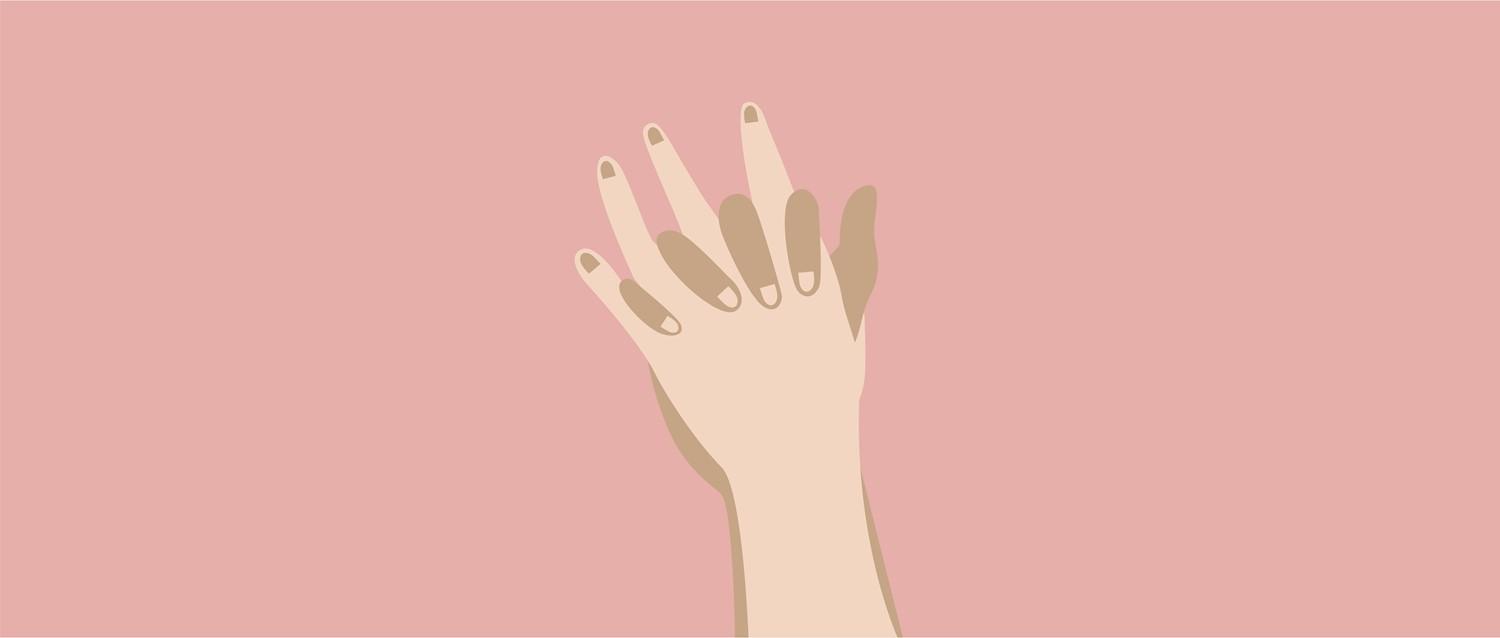
Understanding vulvodynia and why it causes painful sex
Peer reviewed by Dr Sarah Jarvis MBE, FRCGPLast updated by Sally TurnerLast updated 26 Jan 2018
Meets Patient’s editorial guidelines
- DownloadDownload
- Share
- Language
- Discussion
Vulvodynia is a leading cause of painful sex and affects up to 3.2 million women in the UK, yet it is often misdiagnosed and under-reported. It affects the vulva - the area surrounding the entrance to the vagina, including the labia and clitoris. Sally Turner shares her experience of living with the condition and uncovers the latest thinking on causes and treatments.
In this article:
Continue reading below
A "red-hot poker"
I will always remember the first time I had sex; it felt as though someone was plunging a red-hot poker into me. My mind was saying "yes, yes, yes", but my body was screaming an excruciatingly painful "No". During my teens, even using the smallest of tampons caused a sharp pain on insertion, my vulva sometimes felt sore and prickly, and I had an ongoing burning sensation at the entrance to my vagina.
The burning symptoms first started after a bout of thrush, but although the thrush was treated successfully, and further swabs were negative for all strains of candida, the burning persisted.
Over the next few years I went to see numerous doctors and gynaecologists, but tests continually proved negative for infections and other gynaecological conditions, and on examination everything looked normal. I was told I just had sensitive skin and to "use a lubricant" and "have a glass of wine and relax before sex". It was "all in my head", the doctors said.
I knew this wasn't the case. I didn't have an aversion to sex, just painful sex! Sometimes at the beginning of a new sexual relationship, I would get drunk to try and numb the pain, then grit my teeth and attempt painful intercourse just to feel "normal". If I couldn't have "real" sex then in my eyes I wasn't a "real" woman. The symptoms began to affect all aspects of my life - my confidence and self-esteem, my ability to focus at work and sleep at night, and my relationships, mental health and energy levels. I was in my mid-20s before I finally got a correct diagnosis of vulvodynia, but very little was known about the condition at the time and treatment options were limited.
What is vulvodynia?
Vulvodynia is defined as the sensation of vulval burning and soreness in the absence of any obvious skin condition or infection, usually due to irritation or hypersensitivity of the nerve fibres in the vulval skin. The sensation can be continuous (unprovoked vulvodynia) or triggered by light touch to the entrance to the vagina (provoked vulvodynia, also known as vestibulodynia) - for example, from tampon use or penetrative vaginal sex.
With the support of the Vulval Pain Society, I began to search for a solution, but it would be another 10 years before I was able to access a multidisciplinary treatment plan that was effective. At 36, I was at last able to have pain-free intercourse - not only was sex no longer painful, it was pleasurable! I am now managing the condition successfully and although it has been a long journey, it was well worth it.
Continue reading below
Cause and effect
A number of factors may trigger vulvodynia. Dr David Nunns, consultant gynaecologist and founder of the Vulval Pain Society, explains: "Some women have a sudden onset of symptoms following a specific event, such as a severe attack of thrush followed by topical anti-fungal treatment.One study suggests that thrush may cause a chronic inflammatory response long after the initial attack settles. In some cases, childbirth can trigger vestibulodynia. In addition, the use of bubble baths, soaps and so on may cause symptoms that become chronic even after the irritant is no longer used. For a minority of women, back problems can cause referred pain to the vulva. Often though, the precise cause of the nerve damage or irritation is unclear."
Sabine Tyrvainen, a health psychologist with a special interest in vulval pain, also believes the autonomic nervous system is involved: "Women with vulvodynia are likely to have a hyper-aroused nervous system that keeps them in 'flight or fight' mode, this intensifies and maintains neuropathic pain and muscle tension and symptoms become chronic. It is possible to help calm this response through interventions such as mindfulness and open focus."
Treatment options
The Vulval Pain Society recommends focusing on five different treatment areas as part of a multidisciplinary approach to care: pharmaceuticals (tricyclics, anticonvulsants and anaesthetic gels), physical therapy (pelvic floor muscle training, biofeedback and desensitisation), sexual therapy (for example, couples counselling, overcoming vaginismus - vaginal muscle tightening in response to pain during penetration), stress management and psychological therapies (mindfulness, open focus) and holistic therapies (for example, acupuncture, diet and exercise). Certainly, it was this multi-treatment approach in combination that made all the difference to me, particularly pelvic floor physiotherapy, regular mindfulness practice, and the support of a proactive sexual partner.
Dr Nunns comments: "There is no single treatment guaranteed to work for all patients, but with the support of a knowledgeable medical professional it is possible to tailor the approach to specific symptoms and possible causative factors. It is important to look at whether symptoms are primarily a result of musculoskeletal issues, neuropathic pain, skin sensitivity and so on, and whether the pain is provoked or unprovoked."
It may take time and patience to find a successful combination of treatments, but symptom relief is possible, as I can testify!
Photo credit: Women4Real
Patient picks for Women's sexual health

Sexual health
How to orgasm more easily during sex
Many women will experience difficulty reaching orgasm from time to time. And for some, sexual climax remains frustratingly elusive. We look at the common issues that can hinder orgasm and find out how women can improve their chances of getting there.
by Sally Turner

Sexual health
What can cause low libido in women?
If your desire for sex has taken a dip, dont worry, low libido in women is a common problem that tends to be both temporary and fixable. The first step is to pinpoint the cause.
by Amberley Davis
Continue reading below
Article history
The information on this page is peer reviewed by qualified clinicians.
26 Jan 2018 | Latest version

Ask, share, connect.
Browse discussions, ask questions, and share experiences across hundreds of health topics.

Feeling unwell?
Assess your symptoms online for free
Sign up to the Patient newsletter
Your weekly dose of clear, trustworthy health advice - written to help you feel informed, confident and in control.
By subscribing you accept our Privacy Policy. You can unsubscribe at any time. We never sell your data.